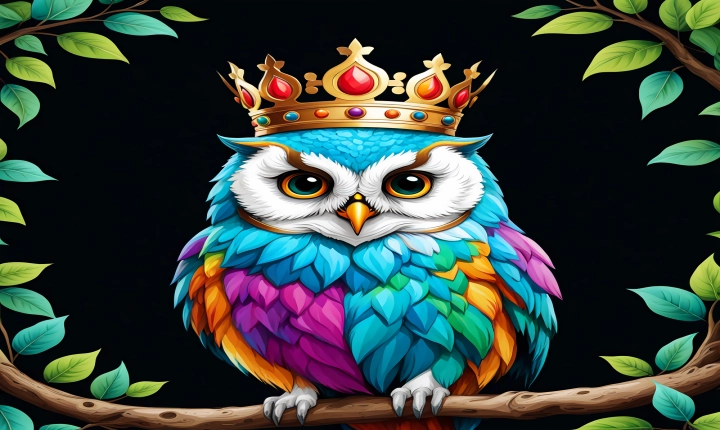Creating an AI Paddle in Processing: A step-by-step guide
Processing is a flexible software sketchbook and a language for learning how to code within the context of the visual arts. It is widely used for creating interactive visuals, animations, and even simple games. One of the most common games created in Processing is the classic Pong, a two-player game where players control paddles to hit a ball back and forth across the screen. In this article, we’ll explore how to create an AI paddle in Processing to play against the player.
Step 1: Set up the game
To start, we need to create a new Processing sketch and set up the basic structure of the game. This involves creating the playing area, paddles, and the ball. In this tutorial, we will focus specifically on the AI paddle, so we won’t go into the details of setting up the entire game.
Step 2: Create the AI paddle
The AI paddle will be responsible for moving up and down to intercept the ball, much like a human player would do. To create the AI paddle, we need to define its position, size, and its ability to track and follow the movement of the ball.
Step 3: Track the ball
To make the AI paddle track the movement of the ball, we need to calculate the position of the ball and the position of the AI paddle, and then move the AI paddle towards the ball. We can do this by comparing the y-coordinate of the ball and the y-coordinate of the AI paddle and then adjusting the position of the AI paddle accordingly.
Here is an example code that shows how to make the AI paddle track the ball:
“`java
float paddleY;
float paddleHeight = 80;
float paddleWidth = 20;
void updateAIPaddle() {
if (ball.y < paddleY + paddleHeight/2) {
paddleY -= 5;
} else if (ball.y > paddleY + paddleHeight/2) {
paddleY += 5;
}
}
void drawAIPaddle() {
fill(255);
rect(width – 40, paddleY, paddleWidth, paddleHeight);
}
void draw() {
// Other game drawing code here…
updateAIPaddle();
drawAIPaddle();
}
“`
Step 4: Fine-tune the AI behavior
After implementing the basic AI paddle movement, you may want to fine-tune its behavior to make it more challenging for the player. This could include adjusting the speed at which the AI paddle moves, adding some randomness to its movement, or making it take into account other factors such as the velocity of the ball.
Step 5: Test and refine
Once the AI paddle is implemented, it is time to test the game and see how it performs. Play-testing is crucial in refining the behavior of the AI paddle and making it feel responsive and engaging for the player.
In conclusion, creating an AI paddle in Processing is a fun and educational exercise that can provide insight into game development, artificial intelligence, and interactive programming. By following the steps outlined in this article, you can implement an AI paddle that adds a new dimension to your Pong game and provides a challenging opponent for players to face. Have fun experimenting with different AI behaviors and refining the gameplay to create an enjoyable and balanced experience for your players.
